The best cameras in 2025 for vlogging, photography, and action shots
What’s the best camera? Comparisons can be tough – what’s the right size, the best lens, should you go DSLR or mirrorless? Let’s learn all about the best cameras in 2025 for vlogging, photography, action and more.

What’s the best camera? Comparisons can be tough – what’s the right size, the best lens, should you go DSLR or mirrorless? Let’s learn all about the best cameras in 2025 for vlogging, photography, action, and more.
Check out the below for Epidemic Sound ambassador CJ Unplugged's snappy camera buying guide, and keep reading for our full rundown.
How do I know which camera is best for me?
There are thousands of cameras to choose from nowadays. If they were all stacked up in a storefront, it’d take you a lifetime to sort through them all. Plus, what’s wrong with pictures taken on an iPhone, right? It can be easy to get lost in the research and lose sight of why you wanted to buy a camera in the first place.
So, let’s break it down. How do you know if a camera’s right for you, or if you should even consider it in the first place?
- Seek image quality you can’t achieve otherwise. You don’t really need to invest in a camera if your smartphone does the same thing! If your mobile takes photos of a similar quality, and offers an equal amount of features, do you really need the camera? Look for something that gives you image quality and features that your phone can’t match.
- Make sure it’s comfy. You’ll be holding it a lot. How are the ergonomics? Will the buttons be a pain to reach while you’re shooting on-the-go? Is it practical for you to carry around – how does it fit within your day-to-day life?
- Think about the future of your camera. Unless you’ve chosen something with a fixed lens, consider how much additional lenses will cost. Are they readily available? Are they even produced anymore?
- Be honest about your budget. Set a limit and stick to it. We all have our dream gear, but be realistic. If you can snag the latest model, do. If not, the previous version will probably be on sale at a reduced price.
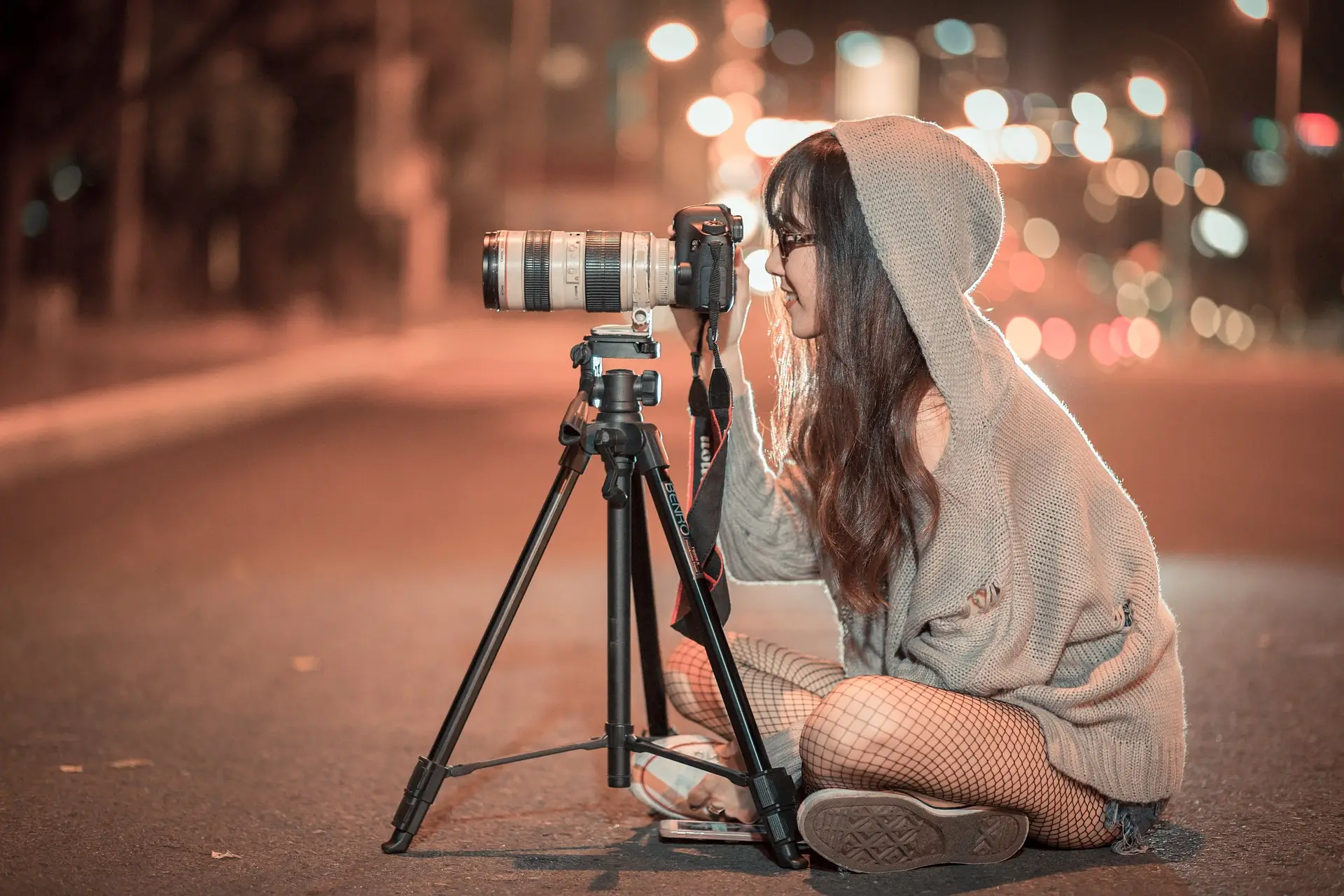
Which camera is best for photography?
If you’re looking for a camera to take still images, there are plenty of models on the market in 2025. Here are a few options that cover all skill sets.
For beginners: Sony Alpha a6000
OK, it’s not cheap: the Sony Alpha a6000 retails for anywhere between $500 and $649. But as a beginner, you’d struggle to find a better piece of camera gear. Boasting a 179-point autofocus system, continuous shooting at 11FPS, and super-crisp results in both digital and Clear Image zoom, the a6000 doesn’t seem like a mirrorless camera that first came out in 2014. Sure, it doesn’t shoot video in 4K, but when discussing still image photography for beginners, accept no substitute. Check out the a6000 here.
For intermediates: Canon EOS R
If you want to step up from something like the a6000, look no further than the Canon EOS R. Coming in at $1,799, the features warrant the cost. The low-light autofocus is awesome. The flexible LCD panel lets you preview shots from virtually any angle. And does it have WiFi? Of course it does.
Even when you drill down into the details, its high-resolution, 3.69 million-dot OLED electronic viewfinder gives you the ultimate preview before taking the shot. Dig into the details and read about all things EOS R here.
For pros: Nikon D850
It’ll cost you more than $2,000, but if you can afford it, the Nikon D850 is a wonderful DSLR camera. For the price, you’ll be treated to one of the best focusing systems in any DSLR, autofocus that works like a dream in near-darkness, a next-level flash control system and more. Read more about the D850 here.
Which lens should I get?
The lens for your camera can make a huge difference. After all, it helps light form an image – the lens is essentially your camera’s eye.
There are two main types of lens:
- Prime lens: These have a fixed focal length, meaning they’re sharper and faster, generally offering a better image quality. They're less versatile than zoom lenses, but on the plus side, they’re easy to use and carry around.
- Zoom lens: These use a mixture of lenses to create different focal lengths. They’re slower and more weighty than prime lenses.
For both of these lenses, there are five key varieties. Each has a different focal length, which drastically alters the output of your shot. Here they are:
1. Standard lenses’ focal lengths are usually between 35 and 85mm. This offers photographers the chance to shoot wide-angle, full frame scenes as well as zoomed-in, detailed pieces.
2. Wide angle lenses add a large area to your frame while keeping everything in tight focus, making them the ideal lens for landscape photography.
3. Macro lenses are used to create close-up photographs. The finished image will be sharp, meaning it’s great for capturing nature, intricate machinery, and so on.
4. Telephoto lenses are heavily zoomed-in lenses which magnify subjects from a distance. It means you sacrifice your field of view, but telephoto lenses are perfect for situations where you might not be able to get right into the action, like sport photography.
5. Specialty lenses are more niche, specific lenses that add a certain effect to your shots. For example, you could use a fisheye lens, which is a mega-wide lens that captures a 180-degree image. Or you could go for a tilt shift lens, which bends the camera’s perspective to make objects look tiny.
Do professionals use DSLR or mirrorless?
Professional photographers use both DSLR and mirrorless cameras. While both have their merits, some pros tend to side with DSLR for the battery life and range of lenses available. It’s a wider selection than you’d usually get with mirrorless, especially for popular brands like Nikon and Canon. However, mirrorless cameras are generally easier to carry, cheaper, and able to deliver ‘silent’ shooting.
To summarize, the differences between DSLR and mirrorless can be huge. They include:
- Size
- Viewfinder
- Image stability
- Shutter volume
- Shutter speed
- Battery life
- Extra parts
- Real-time customization
- Barrier for entry
- Performance in low-light situations
For a more in-depth look at the differences between DSLR and mirrorless cameras, check out this article.
Another thing pros consider for their visual content is music. The soundtrack can make or break your content, so why settle for second-best? We've got you covered.

Which camera is best for vlogging?
Whether you’re sitting at your laptop or roaming the streets, vlogging is big business. More than 60% of vloggers upload several videos per week, so if you’re serious about your content, it’s time to look into the perfect vlogging camera. Let’s look at the options.
For beginners: DJI Pocket 2
Retailing at $349, the DJI Pocket 2 is a pocket-sized camera that’s probably smaller than your electric toothbrush. Its 3-axis gimbal head ensures buttery smooth footage, as does its updated tracking technology – your subject will always be in the shot.
If you’re in a rush, it also features an AI generator, which compiles your footage into a neat package. The mic’s pretty great, too. It struggles a little in low light, but as long as you have a ring light or suitable key lighting, you should be fine. Read more about the Pocket 2 here.
For intermediates: Fujifilm X-S10
This is a noticeable step up in price – you can pick it up for around 1,000 bucks – but the Fujifilm X-S10 is a delight. It shoots uncropped 4K/30p video, so you don’t need to make any real compromises on quality. Same goes for the in-body image stabilization: take this puppy on the road and you’ll be surprised by how robust it is. It’s not weather-proofed, though, so think twice if you want to vlog during a rainy mountain ascent or something. Check out the X-S10 here.
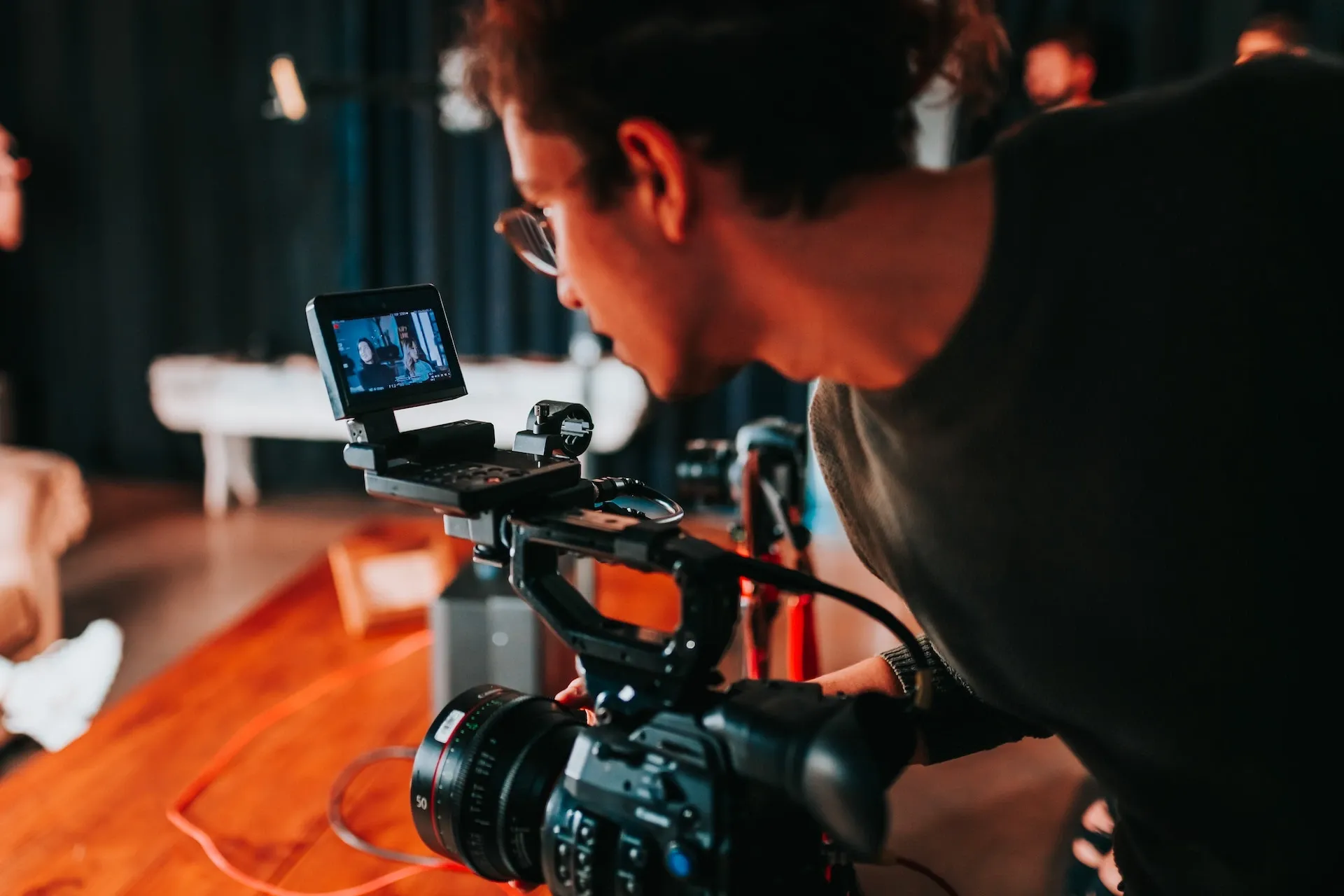
For pros: Panasonic Lumix GH6
Price-wise and from a UX perspective, the Panasonic Lumix GH6 is difficult to justify. Even without the lens kit, it’s more than $2,000 – the learning curve is pretty steep, too. But once you peel back the complexities, this is an unbelievable vlogging camera. It can record at 300FPS. Rock-solid image stabilization. Unrivaled agility for handheld shooting. This is arguably the best camera for vlogging on the market, but if you’re not ready to drop several grand, that’s fine. The other cameras on this list are great, too! Dive into the Lumix GH6 here.
Which action camera is the best?
Action cameras are tiny, durable cameras that are often associated with extreme sports. You’ll see bikers, skydivers, skiers, and more – including dogs! – using these. Usage is fairly basic and you can expect to pay significantly less than the cameras we’ve already discussed. For that reason, we’ll just list what we believe is the best action camera for 2025.
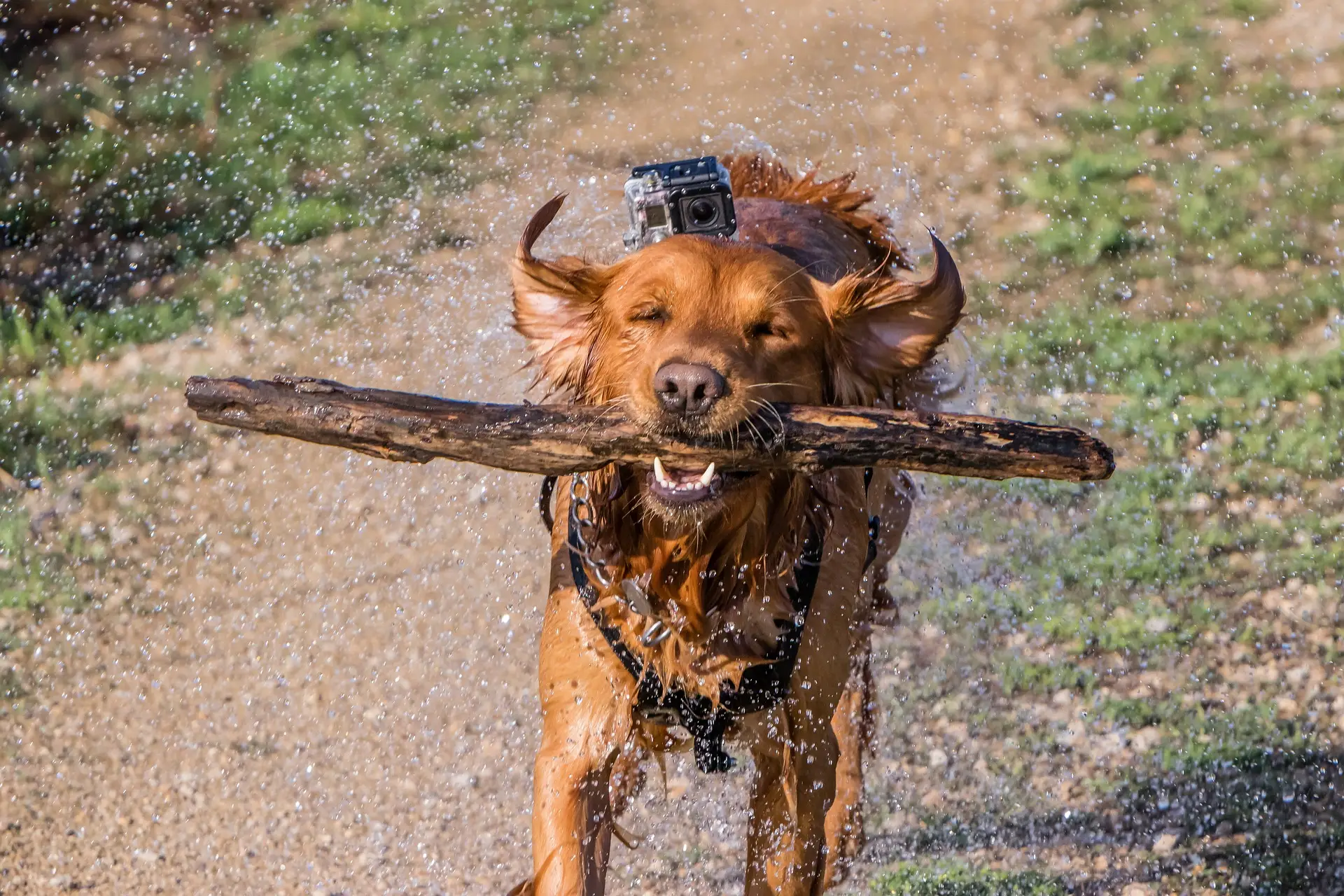
GoPro Hero9 Black
Pumping out 5K video for a reasonable $399.98, the GoPro Hero9 Black is an absolute champ of an action camera. The battery life is fairly chunky, the stabilization makes your footage look like you’ve used a gimbal, and as always, you can seamlessly edit your video in the dedicated GoPro app. Oh, and it’s waterproof for up to 33 feet, too. Read more about the Hero9 Black here.
Once you’ve bought your camera, it’s time to start thinking about music. Most video content you shoot will require a soundtrack, and securing the necessary rights and licenses can be a pain. Let us help you out there.
Our catalog is high-quality, affordable, and safe. An Epidemic Sound subscription goes beyond royalty-free music, removing the headache of licensing and freeing you up to do what you do best. You can enjoy the safety of our license hand-in-hand with our massive catalog of 50,000 tracks, covering just about every genre you can think of. You’ll also gain unlimited access to our advanced search functions — finding the right sound’s never been easier.
It’s better than royalty-free. It’s worry-free. Get started with Epidemic Sound below.

Are you a filmmaker? We've got you covered with background music for videos, including:
Take your video editing to the next level with our massive catalog of music for filmmakers.

